Navi Mumbai
Discover Navi Mumbai — a city born from vision, built with purpose. From its rich history and smart planning to its vibrant culture and growing skyline, explore how this modern metropolis is shaping the future while staying rooted in its coastal charm.
The City of New Beginnings
Navi Mumbai (Marathi: नवी मुंबई), also known as New Mumbai, is a meticulously planned satellite city developed to decongest Mumbai. Located on the west coast of Maharashtra in the Konkan Division, Navi Mumbai spans across Thane and Raigad districts and is a vital part of the Mumbai Metropolitan Region (MMR). The city was conceptualized in 1972 by CIDCO (City and Industrial Development Corporation) and developed as one of the largest planned townships in the world.
With a total area of approximately 344 km², Navi Mumbai is governed by the Navi Mumbai Municipal Corporation (NMMC) in the Thane region and Panvel Municipal Corporation (PMC) in Raigad. The city stands out for its urban planning, efficient infrastructure, and sustainable development, featuring wide roads, extensive green spaces, modern drainage systems, and dedicated zones for residential, commercial, educational, and industrial use.
Nicknamed the “Flamingo City”, Navi Mumbai is ranked among the cleanest cities in India, consistently holding the 3rd position in the national Swachh Survekshan rankings in both 2022 and 2023. It is also emerging as a key educational and business hub, with premium institutions, multinational corporations, and IT parks spread across key nodes such as Vashi, Belapur, Airoli, Kharghar, and Panvel.
Key infrastructure projects include the upcoming Navi Mumbai International Airport, Navi Mumbai Metro, and CIDCO’s Smart City initiative, all set to redefine the city’s connectivity and quality of life.
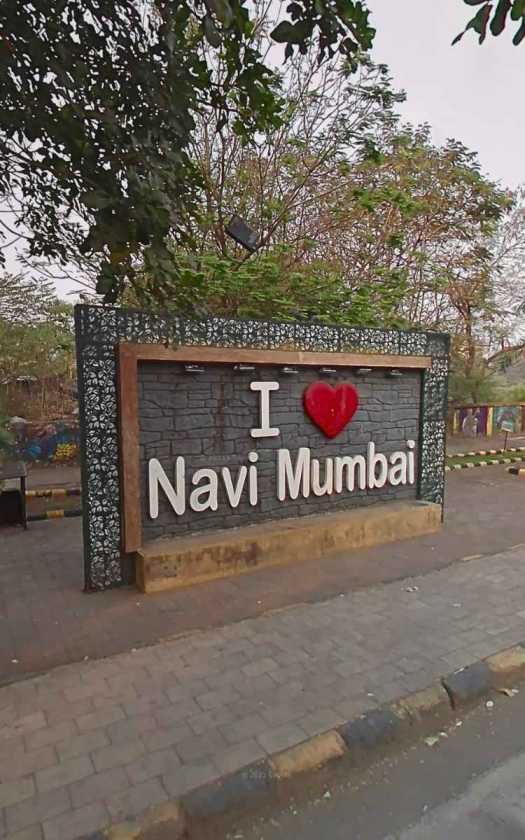
History
Navi Mumbai’s roots trace back to the 16th century, when the region was under the control of the Siddis of Janjira. One of the most notable landmarks from this era is the Belapur Fort (Belapur Killa), constructed by the Siddis atop a hill near the Panvel Creek. In 1682, the Portuguese captured the fort, expanding their territory and influence along the western coast of India.
By 1733, the fort was reclaimed by the Marathas, led by Chimaji Appa, the brother of Peshwa Baji Rao I. According to local legend, Appa vowed to offer a garland of beli leaves at the nearby Amruthaishwar Temple if the fort was successfully retaken. Following their victory, the Marathas renamed it Belapur Fort, and it remained under their control until 23 June 1817, when the British East India Company, under Captain Charles Gray, captured it. In line with British policy, much of the fort was demolished to suppress any future Maratha resistance.
The modern history of Navi Mumbai began in the early 1970s. Facing the challenges of rapid urbanization, overcrowding, and insufficient infrastructure in Mumbai, the Maharashtra State Government, along with the City and Industrial Development Corporation (CIDCO), proposed a new planned city on the mainland, across the Thane Creek. This vision gave birth to Navi Mumbai in 1972, envisioned as a decentralized urban alternative that could absorb population growth, boost economic activity, and ensure organized development with ample green spaces and infrastructure.
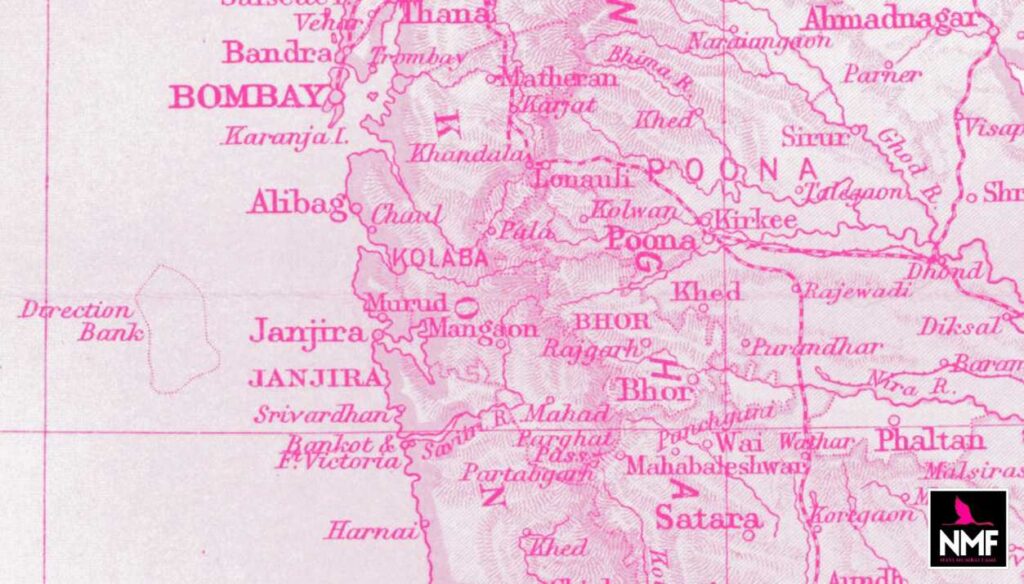
The modern history of Navi Mumbai began in the early 1970s. Facing the challenges of rapid urbanization, overcrowding, and insufficient infrastructure in Mumbai, the Maharashtra State Government, along with the City and Industrial Development Corporation (CIDCO), proposed a new planned city on the mainland, across the Thane Creek. This vision gave birth to Navi Mumbai in 1972, envisioned as a decentralized urban alternative that could absorb population growth, boost economic activity, and ensure organized development with ample green spaces and infrastructure.
Infrastructure & Transport Links
Before Navi Mumbai’s creation, railway connectivity already existed. In 1964, Panvel was connected to Diva; by the 1980s, links extended to Roha and eventually connected to the Konkan Railway in 1998. The Harbour Line of Mumbai Suburban Railway reached Navi Mumbai in the 1990s, linking it to Vashi and Nerul.
CIDCO also constructed vital infrastructure such as:
CIDCO also constructed vital infrastructure such as:
- Vashi Bridge (opened in 1973) connecting Vashi and Belapur to Mumbai.
- Sion-Panvel Highway to ease intercity travel.
- Wholesale APMC Market in Turbhe, promoting commercial growth.
- Nerul-Uran Rail Link (opened in 2018), enhancing southern node connectivity.
Affordable Housing & Slum Challenges
The city was originally designed to offer affordable housing and prevent the rise of slums, which plagued Mumbai. However, despite the planned approach, data from the 2001 census revealed that 20–33% of Navi Mumbai’s population resided in slums and gaothans (urban villages). Moreover, unauthorized constructions and planning norm violations became a growing concern.
To attract private investment and revitalize growth, CIDCO began involving private developers in the late 1990s. This move significantly boosted the city’s real estate market, especially in Kharghar, Kamothe, and Panvel.
Flora and Fauna
Navi Mumbai is not just a hub of urban development, but also a region blessed with rich biodiversity and ecological balance. The city features extensive green zones, mangroves, and wetlands, contributing to its environmental significance in the Mumbai Metropolitan Region (MMR).
Flamingo Habitat
One of the most remarkable aspects of Navi Mumbai’s ecology is its role as a seasonal haven for flamingos. A substantial number of greater and lesser flamingos that migrate to the Greater Mumbai Region each year settle in the wetlands and marshy areas of Navi Mumbai. Locations like TS Chanakya Wetlands, NRI Complex (Seawoods), and Airoli Flamingo Point have become popular bird-watching spots and eco-tourism destinations.
These flamingos arrive between October and May, and their presence plays a crucial role in maintaining the wetland ecosystem. Navi Mumbai is often affectionately called the “Flamingo City” due to this annual spectacle.
Mangroves and Biodiversity
The city is also home to dense mangrove belts, especially along the creeks and coastlines in areas like Belapur, Vashi, Nerul, and Airoli. These mangroves serve as natural buffers against coastal erosion and flooding, while also providing a thriving habitat for a variety of marine life, migratory birds, and small mammals.
Conservation efforts by CIDCO, NMMC, and environmental activists have helped protect these fragile ecosystems from unregulated urban expansion. In recent years, mangrove preservation has become a key component of Navi Mumbai’s sustainable urban development policies.
Governance & Civic of Navi Mumbai
Navi Mumbai’s administration is efficiently managed by three key bodies: the City and Industrial Development Corporation (CIDCO), the Navi Mumbai Municipal Corporation (NMMC), and the Panvel Municipal Corporation (PMC). CIDCO, the city’s founding planner since the 1970s, developed 14 major nodes—seven in the North (including Airoli, Vashi, Nerul, and Belapur) and seven in the South (like Kharghar, Ulwe, Kamothe, and Panvel). With urban growth and rising population, CIDCO gradually transferred jurisdiction of developed zones to local municipal bodies.
The Navi Mumbai Municipal Corporation was established on 1 January 1992 and governs nodes from Digha to Belapur, covering key zones like Sanpada, Ghansoli, and Kopar Khairane. Meanwhile, the Panvel Municipal Corporation handles civic duties in southern regions such as Kalamboli, Kamothe, and New Panvel. Each node is further divided into sectors to ensure organized development, local governance, and quality civic services. This structured administrative framework enables Navi Mumbai to sustain its reputation as one of India’s most well-planned and efficiently managed cities.

Governance & Civic of Navi Mumbai
CIDCO (City and Industrial Development Corporation of Maharashtra Ltd.) is the principal planning and development authority responsible for the creation of Navi Mumbai. Established in 1970 by the Government of Maharashtra, CIDCO was tasked with developing a well-planned, modern, and sustainable urban city to decongest Mumbai and meet the growing population’s needs.
- City Planning: CIDCO laid out the master plan for Navi Mumbai, dividing the city into planned nodes (townships) such as Vashi, Nerul, Belapur, Kharghar, Airoli, Panvel, and many more.
- Infrastructure Development: It has built roads, flyovers, bridges, and other essential infrastructure to support urban life and business.
- Affordable Housing: CIDCO has launched multiple affordable housing schemes under PMAY and other government initiatives.
- Smart & Sustainable Projects: CIDCO is actively working on projects like Navi Mumbai Metro, Navi Mumbai International Airport (NMIA), and Central Park in Kharghar, making the city smarter and greener.
- Economic Development: By developing Special Economic Zones (SEZs), corporate parks, and logistics hubs, CIDCO has played a key role in boosting Navi Mumbai’s economy.
CIDCO is considered one of India’s most successful town planning authorities and serves as a model for future urban development across the country.
Demographics of Navi Mumbai
Navi Mumbai is a cosmopolitan city, home to people from diverse linguistic and religious backgrounds. Its strategic location and planned infrastructure have attracted residents from across India, resulting in a rich cultural mix.
Languages in Navi Mumbai
Marathi is the official and most widely spoken language in the city. However, due to its proximity to Mumbai and a large migrant population, other languages like Hindi, Gujarati, and English are also commonly spoken. Here’s an approximate breakdown.
Religion in Navi Mumbai
The religious landscape of Navi Mumbai reflects the broader diversity of Maharashtra. The majority of the population follows Hinduism, with other significant communities practicing Islam, Christianity, Buddhism, and more:
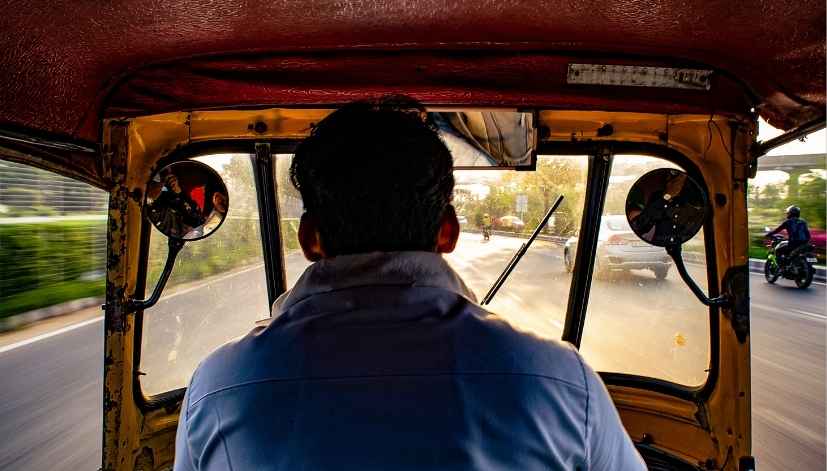
Transport and Infrastructure
of Navi Mumbai
Navi Mumbai boasts a well-planned transport system and robust infrastructure, making it one of the most livable and efficiently connected cities in Maharashtra. It offers excellent connectivity to Mumbai, Pune, and other parts of India, while maintaining relatively lower pollution levels compared to its metropolitan neighbor.
Public Transportation in Navi Mumbai
Navi Mumbai is primarily served by:
Navi Mumbai Municipal Transport (NMMT): Operates an extensive fleet of buses within the city and to neighboring cities like Mumbai, Thane, Panvel, Uran, Kalyan-Dombivli, and Bhiwandi.
Mumbai Suburban Railway: Connects major areas of Navi Mumbai such as Vashi, Nerul, Belapur, and Panvel to Mumbai and the Konkan region. Panvel Station is a major junction with connections across India.
- Auto Rickshaws and Taxis: Widely used for local travel. Fixed-rate taxis and app-based cab services are also available throughout the city.
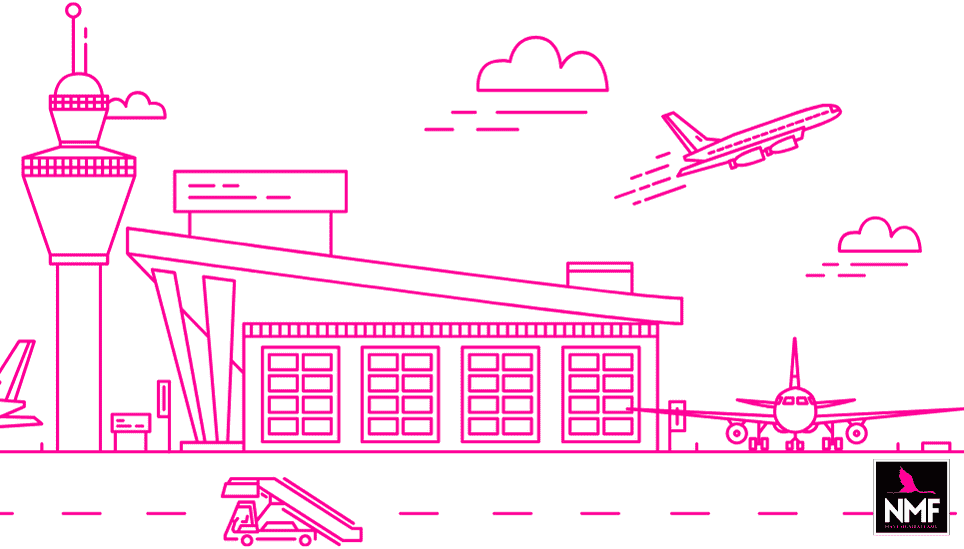
Airports and Ports
Chhatrapati Shivaji Maharaj International Airport (CSMIA): Located about 30 km away, it serves as the nearest functional airport.
Navi Mumbai International Airport (NMIA): Currently under construction near Ulwe, it is expected to significantly enhance air connectivity by 2025.
Jawaharlal Nehru Port Trust (JNPT): Also known as Nhava Sheva Port, it is India’s second-largest container port and handles over 56% of the country’s container traffic, making Navi Mumbai a vital logistics hub.
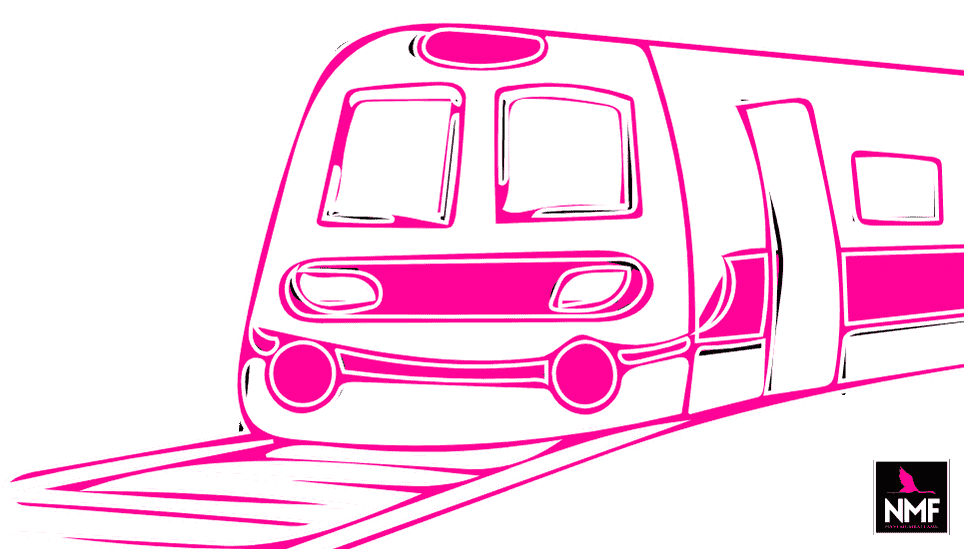
Railway Expansion
Panvel is the busiest railway station in the region, acting as a key junction for local and outstation trains.
The new broad-gauge line between Panvel and Karjat is operational, improving access to the central suburbs.
The Harbour Line, part of Mumbai’s local train network, connects Navi Mumbai to CST, Andheri, and other parts of Mumbai.
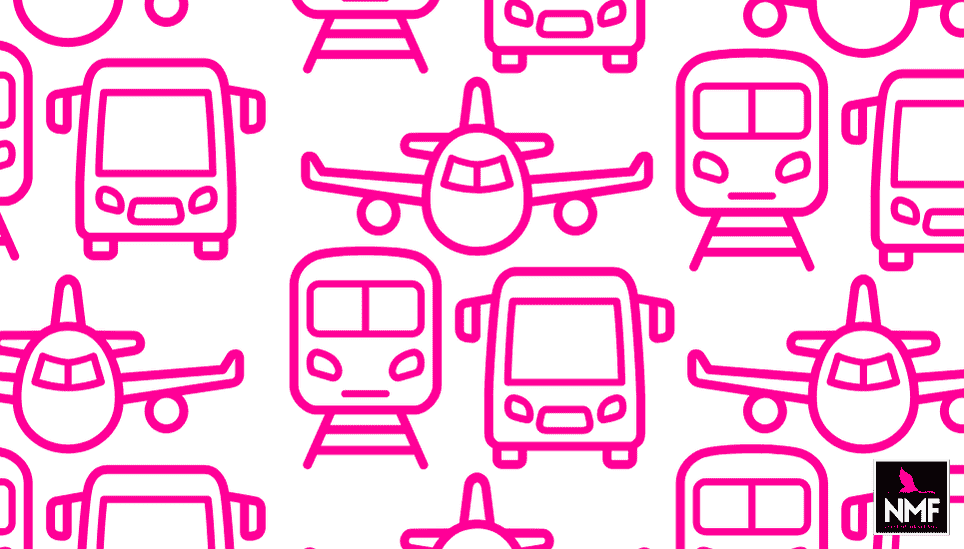
Wings, Rails & Roads
Navi Mumbai International Airport (NMIA)
The Navi Mumbai International Airport (NMIA) is a major infrastructure project under construction near Ulwe in Panvel, aimed at easing air traffic pressure from Mumbai’s Chhatrapati Shivaji Maharaj International Airport. The project is being developed by Navi Mumbai International Airport Limited (NMIAL)—a special-purpose vehicle formed by Adani Airports Holdings Limited (74%) and CIDCO (26%).
- Estimated Cost: ₹16,700 crore (US$1.9 billion)
- Phased Construction: Three phases; Phase 1 will handle 25 million passengers annually
- Construction Start: August 2021
- Expected Operational Date: March 2025
- Future Extensions:
- Phase 2: Pendhar to Taloja MIDC and Khandeshwar
- Phase 3: Taloja MIDC back to Pendhar (circular loop)
- Direct link to Navi Mumbai International Airport is under planning
NMIA will be India’s first airport with multimodal connectivity, integrating:
- NH 4B (348) and Sion-Panvel Expressway
- Mumbai Trans Harbour Link (MTHL)
- Rail link via Targhar Station
- Metro links via Mumbai Metro Line 8 (Gold Line) and Navi Mumbai Metro Line 1
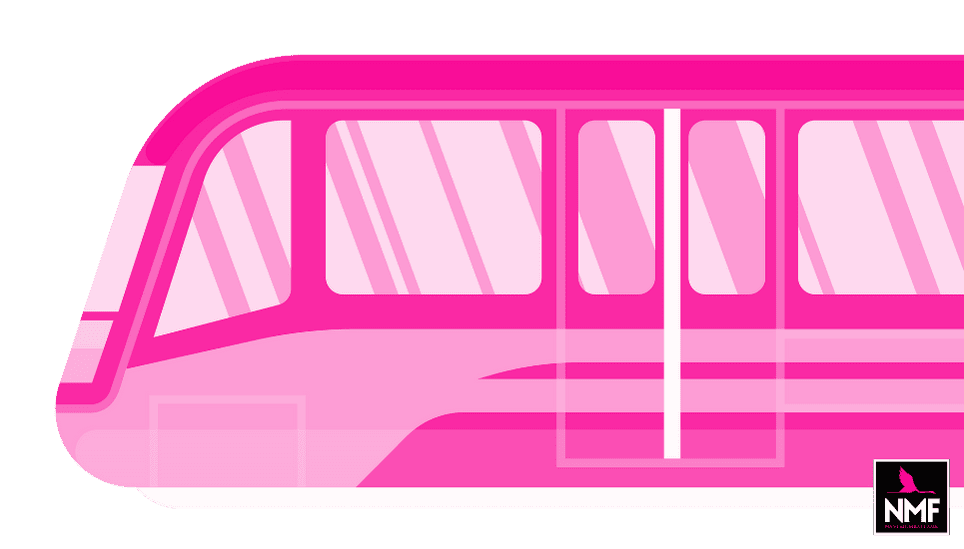
Navi Mumbai Metro
The Navi Mumbai Metro is a long-awaited public transit system aiming to improve connectivity across key regions of the city. A total of five metro lines are proposed.
- Line 1: CBD Belapur to Pendhar
- Opened to public on 17 November 2023
- Length: ~26.26 km (Three phases)
- Cost: Increased from ₹4,163 crore (2011) to ₹8,904 crore (2018)
Future Extensions:
- Phase 2: Pendhar to Taloja MIDC and Khandeshwar
- Phase 3: Taloja MIDC back to Pendhar (circular loop)
- Direct link to Navi Mumbai International Airport is under planning
Development responsibilities:
- CIDCO: Lines in South Navi Mumbai
- NMMC & MMRDA: Lines in Central and North Navi Mumbai
Urban Infrastructure
Navi Mumbai stands out for its modern and sustainable city planning:
- Electricity Supply: Stable and well-distributed from multiple sources
- Roads & Traffic: Broad roads, multiple flyovers, and parking lots ensure smooth traffic flow
- Water Transport: CIDCO previously launched hovercraft services (Vashi to Colaba), which are now being considered for a revival, connecting Vashi, Nerul, Airoli, and Belapur to Mumbai’s Gateway of India
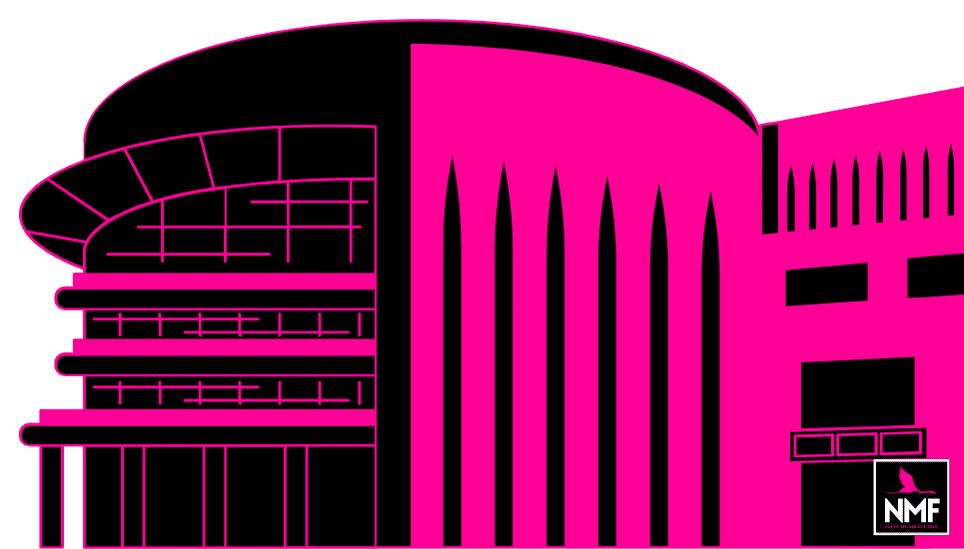
Services in Navi Mumbai
Navi Mumbai offers a wide range of utility services including banks, restaurants, malls, multiplexes, and retail outlets spread across its various nodes. The city is home to popular shopping destinations such as Seawoods Nexus Mall (Seawoods), Raghuleela Mall, Inorbit Mall, Center One and Palm Beach Galleria (Vashi), and Little World Mall, Glomax Mall, and Prime Mall (Kharghar). Orion Mall in Panvel is also a prominent hub for shoppers.
Supermarkets and hypermarkets such as Reliance Smart, DMart, More, Spencer’s, and Reliance Fresh cater to everyday consumer needs in all major nodes.
Navi Mumbai also hosts numerous national and private banks including State Bank of India, HDFC Bank, ICICI Bank, Axis Bank, Canara Bank, Bank of Baroda, and Punjab National Bank, all of which have well-distributed branches and ATMs across the city.
When it comes to hospitality, Navi Mumbai features several well-known hotels like Royal Tulip (Kharghar), The Park (CBD Belapur), Fortune Select Exotica and Four Points by Sheraton (Vashi), catering to both business and leisure travelers.

Commerce and Economic Growth
Navi Mumbai has emerged as a growing commercial hub, particularly for startups and new businesses looking to establish operations in the Mumbai Metropolitan Region. The Navi Mumbai Special Economic Zone (SEZ), located across the nodes of Dronagiri, Ulwe, and Kalamboli, is a major initiative aimed at boosting commercial development. With its strategic location near the upcoming Navi Mumbai International Airport, the SEZ has attracted investments worth nearly ₹60,000 crores, offering tremendous employment opportunities and infrastructural growth.

Sports and Recreation
Cricket dominates the sports scene in Navi Mumbai. The iconic DY Patil International Stadium in Nerul has hosted major IPL matches, including the 2008 and 2010 finals, and served as a venue for the 2023 Women’s Premier League (WPL). It is also the home stadium of the Mumbai City FC football team from the Indian Super League (ISL).
Navi Mumbai was one of the proud host cities of the FIFA U-17 Men’s World Cup (2017) and the FIFA U-17 Women’s World Cup (2022), with DY Patil Stadium hosting the grand final of the latter.
The Fr. Agnel Stadium in Vashi is used as a training ground for several sports, while the Navi Mumbai Sports Association (NMSA) remains a pioneer in developing athletes in various disciplines. The city also features an Olympic-size swimming pool in Nerul and an 11-hole golf course near Central Park, Kharghar, with proposals for additional 18-hole golf academies in Nerul and Kharghar to promote professional training and leisure sports.
A Growing Knowledge Hub
Education was a key pillar in the planning of Navi Mumbai. From the start, the city was structured to ensure access to quality schooling and higher education. The original plan included one primary school for every 5,000 people, one high school for every 12,500, and one college for every 50,000, ensuring balanced educational infrastructure across all nodes.
Diverse Curriculum Options
Each node (township) is largely self-sufficient in terms of education, offering institutions that follow various national and international curricula:
- State Education Board
- CBSE (Central Board of Secondary Education)
- ICSE (Indian Certificate of Secondary Education)
- IGCSE (Cambridge)
- IB (International Baccalaureate)
CIDCO also supported private institutions, which has led to a flourishing mix of government-aided and private schools across the city.
Educational Institutions
Navi Mumbai is rapidly gaining recognition as an educational hub, attracting students not just locally, but from Mumbai and other parts of the country. The city is home to reputed institutions such as:
- Fr. Agnel Multipurpose School & Junior College, Vashi
- Delhi Public School, Nerul & Panvel
- Ryan International School
- DAV Public School, Airoli & Nerul
- Amity University, Panvel
- DY Patil University, Nerul
- SIES College of Arts, Science & Commerce
- ICLES Motilal Jhunjhunwala College, Vashi
- Pillai College, Panvel
- Apeejay School, Kharghar & Nerul
Colleges and Universities in Navi Mumbai
Navi Mumbai is home to a diverse range of higher educational institutions, making it a sought-after destination for students from across India. From engineering and medical sciences to fashion, architecture, and business, the city caters to all major academic streams.
Major Universities and Institutions
- DY Patil University, Nerul
Offers programs in medical, dental, and other health sciences. - Amity University, Panvel
Provides a wide range of undergraduate and postgraduate courses. - Chhatrapati Shivaji Maharaj University, Panvel
Offers programs across various disciplines. - ITM Group of Institutions, Kharghar
Known for management and technology courses. - NMIMS Navi Mumbai Campus, Kharghar
Offers programs in management and other fields.
Engineering Colleges
- Datta Meghe College of Engineering, Airoli
Offers undergraduate and postgraduate engineering programs. - Fr. Conceicao Rodrigues Institute of Technology, Vashi
Known for its engineering courses. - Ramrao Adik Institute of Technology (RAIT), Nerul
Provides various engineering disciplines. - Lokmanya Tilak College of Engineering, Koparkhairane
Offers a range of engineering programs. - Pillai College of Engineering, New Panvel
Known for its engineering and technology courses.
Medical Colleges
- MGM Medical College, Kamothe
Offers MBaBS and other medical programs. - Dr. D. Y. Patil Medical College, Nerul
Provides various medical courses. - Terna Medical College, Nerul
Offers medical education and training. - Bharati Vidyapeeth Dental College and Hospital, Kharghar
Specializes in dental studies.
Schools in Navi Mumbai
- D.A.V. International School, Kharghar
Affiliated with CBSE, known for its comprehensive education approach. - Apeejay School, Nerul
Offers CBSE curriculum with a focus on holistic development. - Podar International School, Nerul
Provides CIE curriculum emphasizing global education standards. - Presentation Convent School, Nerul
An ICSE-affiliated school known for academic excellence. - Sanjivani International School, Kharghar
Offers ICSE curriculum with modern facilities.
The information provided on Navi Mumbai Fame (NMF) has been carefully compiled and curated from multiple publicly available and reliable sources, including Wikipedia, CIDCO official publications, Navi Mumbai Municipal Corporation (NMMC), news reports, and verified government websites. We have aimed to present an accurate, updated, and informative overview of Navi Mumbai’s development, infrastructure, institutions, and lifestyle.
While we strive for factual accuracy, some details may evolve or change over time.
If you notice any outdated information, discrepancies, or if you would like to contribute additional verified data, feel free to reach out
Sources & Contact
The information provided on Navi Mumbai Fame (NMF) has been carefully compiled and curated from multiple publicly available and reliable sources, including Wikipedia, CIDCO official publications, Navi Mumbai Municipal Corporation (NMMC), news reports, and verified government websites. We have aimed to present an accurate, updated, and informative overview of Navi Mumbai’s development, infrastructure, institutions, and lifestyle.
While we strive for factual accuracy, some details may evolve or change over time.
If you notice any outdated information, discrepancies, or if you would like to contribute additional verified data, feel free to reach out
